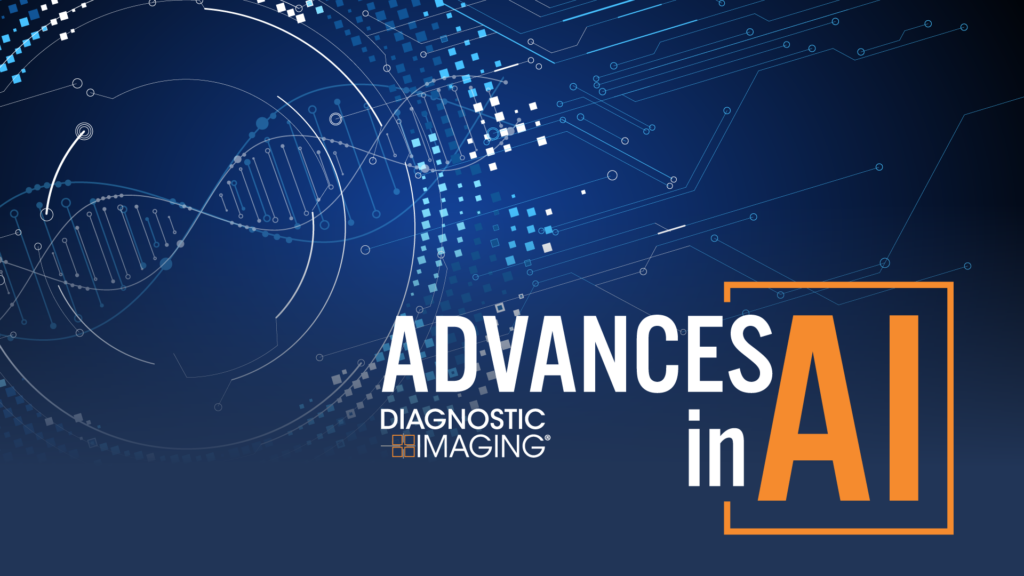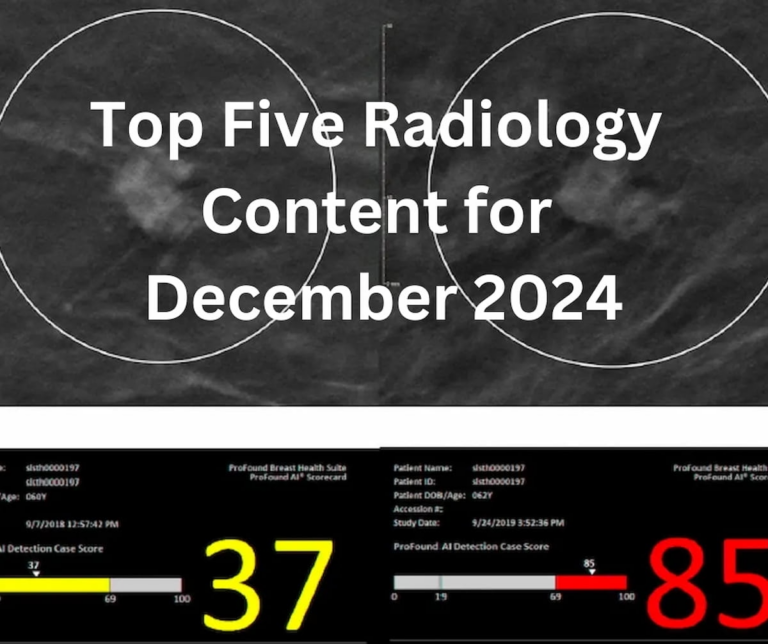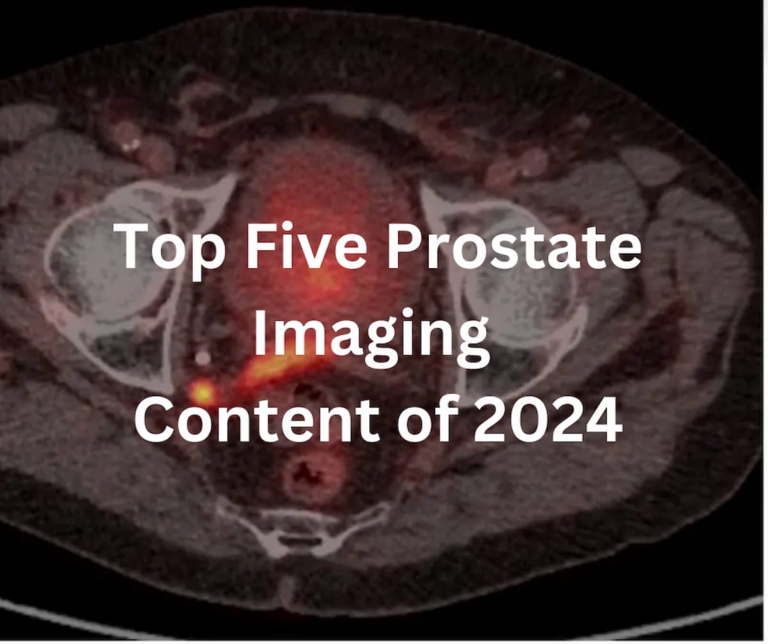
Advancements in AI: Monthly Roundup for Diagnostic Imaging
Each month, the world of Diagnostic Imaging presents a comprehensive overview of recent developments in artificial intelligence, focusing on its applications in radiology. This roundup serves as a valuable opportunity to stay informed about groundbreaking AI technologies, innovative imaging methods, and the latest research that is shaping the future of radiology. Below, we summarize the key highlights from the past month, revealing how AI is revolutionizing healthcare and enhancing diagnostic accuracy.
Recent advancements in AI have showcased its potential to transform traditional imaging practices. Machine learning algorithms are increasingly being utilized to analyze medical scans, offering capabilities that can assist radiologists in making quicker and more accurate diagnoses. For example, research has demonstrated that AI can improve the detection of conditions such as tumors or fractures, which might be missed in standard evaluations.
One of the most exciting developments in AI-powered imaging is the introduction of advanced imaging modalities that leverage algorithms to enhance image quality and interpretation. These systems can prioritize tasks for radiologists based on urgency and complexity, streamlining workflow and helping healthcare professionals manage their caseloads more effectively. By assisting with routine analyses, AI allows radiologists to focus on more complex cases, thus improving overall patient care and outcomes.
In addition to enhancing imaging techniques, AI is also making strides in radiological research. Various studies have been published that explore the efficacy of AI applications in different specialties, such as oncology, cardiology, and neurology. Researchers are investigating how AI can support the identification of conditions at earlier stages, potentially leading to better treatment options and improved patient prognoses. This focus on early detection is particularly crucial, as it could significantly alter how diseases progress and how patients are treated.
Moreover, collaborations between tech companies and medical institutions are on the rise as stakeholders recognize the importance of integrating AI into everyday radiological practice. By working together, these entities are pushing the boundaries of how AI can be harnessed in diagnostic imaging. Innovative partnerships are leading to the development of more robust datasets that enhance machine training, ensuring that algorithms are accurate and reliable when deployed in clinical settings.
Ethical considerations and regulatory frameworks surrounding AI in healthcare also continue to evolve. As AI technologies gain traction, there is an increasing emphasis on ensuring their responsible use. Medical professionals, developers, and policymakers are engaged in discussions about how to standardize AI applications, maintain patient confidentiality, and address the concerns surrounding algorithmic bias. These conversations are essential in fostering trust in AI technologies, which is necessary for broader acceptance among healthcare providers and patients alike.
As we look toward the future, the impact of AI on diagnostic imaging is expected to expand even further. Ongoing advancements in deep learning techniques and computational power will likely result in even more sophisticated imaging solutions. This evolution may lead to the integration of AI with other emerging technologies, such as augmented reality and telemedicine, creating new avenues for improving patient diagnostics and treatment.
In conclusion, the ongoing advancements in artificial intelligence are paving the way for a new era in diagnostic imaging. By harnessing the power of AI, we can expect faster, more accurate diagnostics, better patient care, and significant improvements in healthcare efficiency. As we continue to follow these developments, the potential for AI to reshape radiology appears not only promising but transformative in enhancing the future of healthcare. Stay tuned for the next monthly roundup for the latest updates in the realm of AI and diagnostic imaging.


